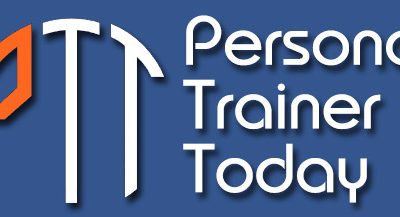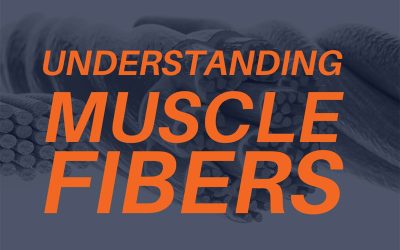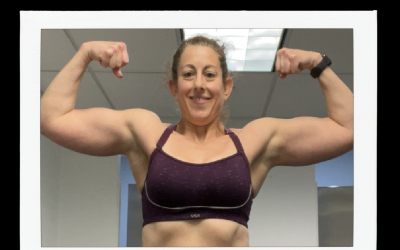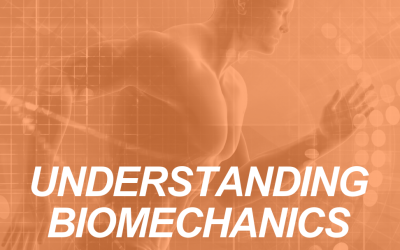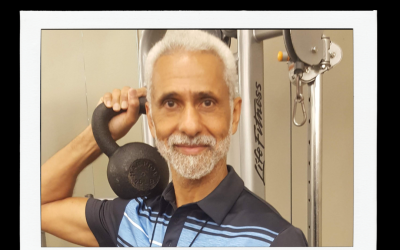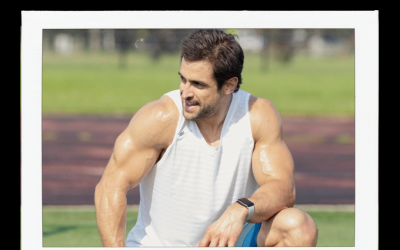Transitioning to a new career in personal training from your current, bill-paying career doesn't have to be as threatening as, say, walking a tightrope. But, there are some things to consider that make "tightrope-walking" a proper metaphor for a career switch. When...
Michele Rogers
Getting Hired As A Personal Trainer: Tips From Fitness Industry Leaders and Potential Employers
Getting hired as a personal trainer in the fitness industry can be nerve-wracking and confusing compared to some more straight-and-narrow career paths. The process may be more elusive as personal trainers often wear many hats and go by several titles including, but...
Jason Fitzgerald–NFPT Personal Trainer Spotlight
Meet Jason Fitzgerald of Burlington, Vermont. With over 20 years as a NFPT-CPT and exercise physiologist, Jason Fitzgerald has extensive experience in individualized fitness program design, rehabilitative exercise, and clinic management. He is also a certified Peak...
Amino Acids and Muscle Tissue: What Personal Trainers Need to Know
After amino acids have been taken up into muscle tissue, they serve two basic purposes with respect to muscle conditioning.
The NFPT Blog Has a New Home! Welcome to Personal Trainer Today!
The National Federation of Professional Trainers is thrilled to announce the home of our esteemed NFPT blog: PersonalTrainerToday.com! If you're an NFPT-certified personal trainer, hopefully this is not the first time you're reading a published blog article! Chances...
How to Check a Personal Training Client’s Pulse During Exercise
Taking a client’s pulse is a basic skill that a trainer should know for gauging intensity.
Email Etiquette for Personal Trainers: How to Really Nail an Email
Email is so prevalent in modern life that it is largely taken for granted, but that doesn’t mean it should be underestimated. Each email you send is a document that represents you and your business.
Understanding Muscle Fibers and Function: The Foundation of Being a Personal Trainer
To become a personal trainer who is equipped with the knowledge necessary to be considered a fitness "expert", you need to know the basics of human movement. That is, how knowing the different muscle fibers and how they work. There are three types of muscle: cardiac...
Understanding Hypertrophy: Why Do Muscles Get Bigger?
If you want to become a personal trainer, its a good to know that muscles will grow, or hypertrophy, when thoughtfully trained and when proper nutrients are supplied. But, exactly what biological system is responsible for this growth stimulus? Is it one or is it...
Defining General Fitness: What Burgeoning Personal Trainers Should Know
What exactly is general fitness? For anyone considering a career in personal training, having a firm grasp on the very definition of that which clients will pay you to achieve is absolutely imperative. Let's dive deep into what we consider general fitness to be. What...
Luis Centeno–NFPT Personal Trainer Spotlight
Meet Luis Centeno, NFPT-CPT and Master Trainer from Chicago, IL. Fitness transformed his life via working out daily to the point that he also wanted help others feel the same. His grassroots success story is something that has motivated not only other fitness...
Assessing Lumbar and Hamstring Dominance over Gluteal Engagement
Most trainers understand that many clients have "sleepy glutes" that need to be woken up and activated properly in order to perform basic exercises without injury or compensation. A properly firing glute complex stabilizes the hip and produces power in ideal measure....
Michelle Stein–NFPT Personal Trainer Spotlight
Meet Michelle Stein, an NFPT-CPT born and raised in North Massapequa on Long Island, New York. She attended Roger Williams College in Bristol, RI for a year and then transferred to LIU-CW Post campus. At both schools, she played competitive tennis which she still...
Biomechanics: The Science of Human Movement
As the fitness industry grows in popularity and importance, it is of the utmost importance that we as fitness professionals continue to develop a growing knowledge of the exercise sciences to communicate effectively with the established health professions and sciences on “common ground”. The following article, while at times technical, provides an integral part of that knowledge base necessary to facilitate such communication.
Olympic Weightlifting Methods
When trainers hear about Olympic weightlifting they immediately think of two things: either taking a loaded barbell and ripping it off the floor in one violent motion with minimal technique, or that the lifts are detrimental and deleterious to the health and well being of the person doing the lifts. These two assumptions highlight a vast miscomprehension of Olympic weightlifting.
Ramon Maisonet–NFPT Personal Trainer Spotlight
Meet Ramon Maisonet, born in NYC and raised in upstate NY and also Puerto Rico where he developed a love for the beach. In his youth, Ramon ran track and played soccer, touch football, and handball. He started "working out" in college, where he majored in Psychology,...
Blake Sama–NFPT Personal Trainer Spotlight
Blake Sama, an NFPT-CPT for 15 years, was born and raised in Arlington, Mass., a suburb of Boston. He moved into the city for school and never left. Blake holds both bachelor's and master's degrees in mechanical and biomedical engineering from Northeastern University....
How to Do a Standing Cable Pullover
While pull-ups and pull-downs reign supreme when building strength and size (as all compound exercises do) on the lats, sometimes we need to offer variations that can still adequately challenge this muscle---especially when working with clients in a home gym. Every...





